Florida Surf Museum has added another classic surfboard to our collection thanks to a generous donation from Dale Eldred. The new addition is a rare Tomb and Reeves single fin from the 70’s. Dale grew up surfing in the Eau Gallie area and started surfing in 1972. His surfing buddies included Ronnie Kruger and Arno Warner. They frequented spots like Paradise Park, Shark Pit, Sebastian Inlet and Monster Hole. Dale purchased the Tomb and Reeves in 74 after a bad wipeout on a big Shark Pit day convinced him that his old Weber couldn’t handle the big stuff. As the photos show, the racy template on the T and R was up to the job and saw regular action at Monster Hole.
Tomb and Reeves Surfboards was in existence for only a few years- from the 1968 to 1972- so the boards they were making represented the transitional designs of the shortboard revolution. Their boards were known for their quality construction but few are still around. Bob and Jack Reeves were originally from Imperial Beach California. Bob Tomb was raised in Raleigh, North Carolina but moved to Newport Beach California in the late 50’s. Tomb and the Reeves brothers all count as their influences – Johnny Rice, Wayne Land and Dale Velzy.
Bob and Jack Reeves came from a Navy family. In 1959 they were stationed in Hawaii and learned to surf, like so many other military kids, at Barber’s Point and Waikiki. After a couple of years, the family was transferred to Pompano Beach Florida. Bob Reeves began working for Jim Campbell of Campbell Surfboards in West Melbourne in 1964. Jack Reeves was involved in manufacturing for Caribbean Surfboards and Graham surfboards in Pompano Beach before moving to Brevard. Bob Tomb also came to Brevard County about that time and they all ended up working for Bill Feinberg’s business Surfco (which later became Oceanside Surfboards), building Atlantic Surfboards as well as other labels for different shops. The factory was in the Geiger Building on Prospect Avenue in Melbourne across US1 from the Melbourne harbor. Reeves and Tomb continued to work for Freiberg at the Oceanside factory after moving to one of several locations in Rockledge (which burned down twice) along with Johnny Rice, Wayne Land, Jim Philips, Pat O’Hare and many talented craftsmen from California and locally.
In 1968 Tomb approached Bob Reeves about making their own label which became Tomb and Reeves Surfboards. Their first shop was in an apartment on Richards Road just south of Sharkpit. As they got busier, they moved to a space on Tomahawk Drive next to Beach Auto Body shop. After a while the fumes and mess annoyed their neighbors and they moved back to the Geiger building in Melbourne. Tomb and Reeves set up shop on the 1st floor. Dick Catri had his factory on the second floor for a while but had to vacate the premises shortly afterwards after a visit from the Feds.
Bob Tomb was the shaper and the Reeves brothers handled the glassing and finishing. Their California and Hawaiian roots showed in their shapes which were characterized by their racy pulled in templates. The surfboard donated by Dale has the cherry logo which was reserved for their line of boards shaped for big Florida waves. The design idea came from the logo off boxes of firecrackers that Bill Bringhurst used to bring back from Mexico. Most of the logos were cut from the actual boxes and glassed on the boards. Bob Tomb estimates that they made around 1200 boards during that time.
In 1970 Jack Reeves moved to the North Shore of Oahu where he still works and is considered to be the finest laminator in the business. Freddie Grosskruetz then came on board to help with the glassing duties. While glassing the last four Cherry models, Freddie decided to streamline the process by pulling the fiberglass onto the blanks straight off the roll instead of cutting it first and laying it out. After pouring the resin and curing the result was the “twistoflex” boards. They weighted the boards with cinderblocks for several days in an unsuccessful attempt to straighten out the twist.
Bob Tomb had owned a 40ft catamaran since he had lived in Florida. In 1972 the urge to set sail could not be denied and Tomb and Reeves Surfboards ceased production. Tomb eventually settled back in Raleigh NC, after many years sailing the Caribbean. Bob Reeves became the distributor for Dion surfboard resin, supplying resin for Florida from Miami to Jacksonville. He eventually moved down to Vero Beach and worked as a sander for Nomad surfboards for a while before getting into the business of fiberglass yacht repair and painting, which he still does today.
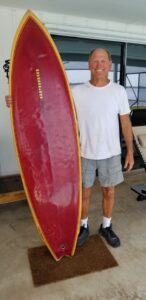
Bob Reeves
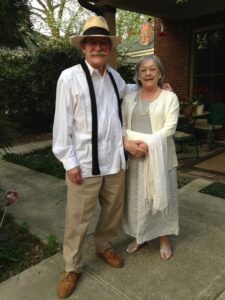
Bob and Norma Tomb
Mahalo to Dale Eldred for helping to preserve Florida surfing history with your donation!
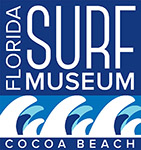

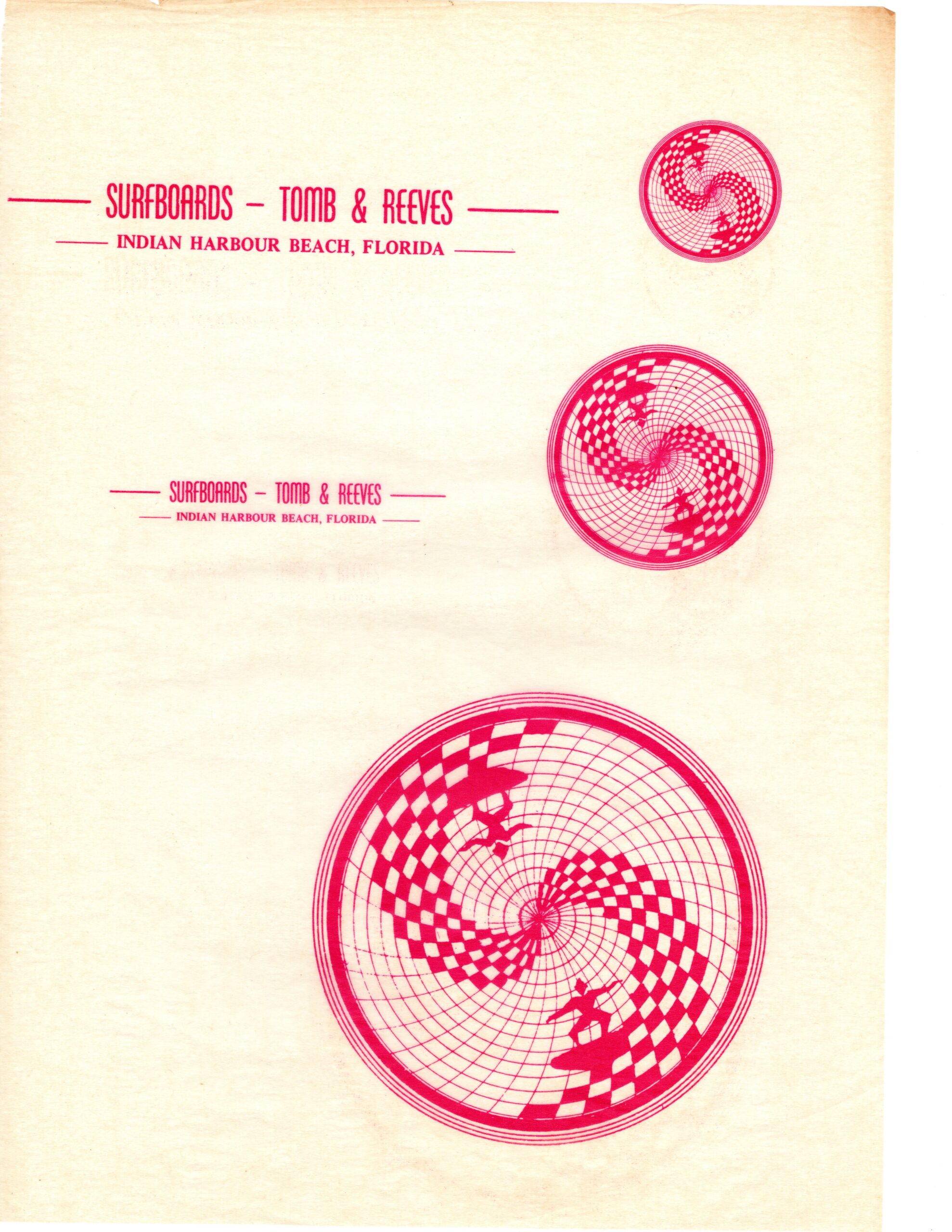
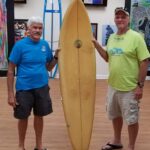

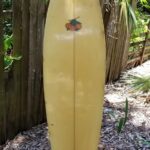

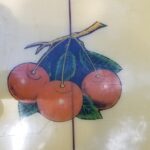
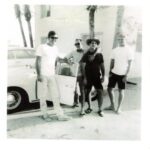
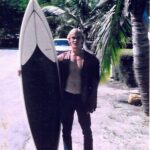


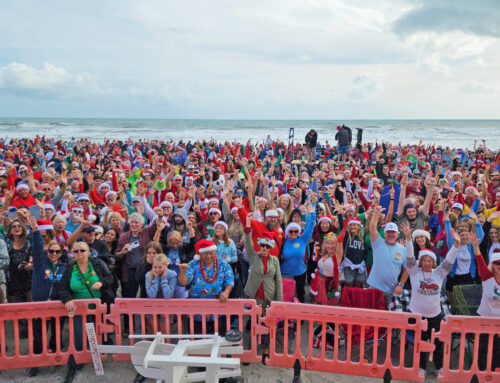
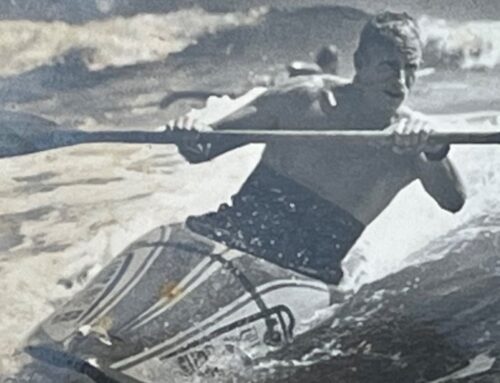

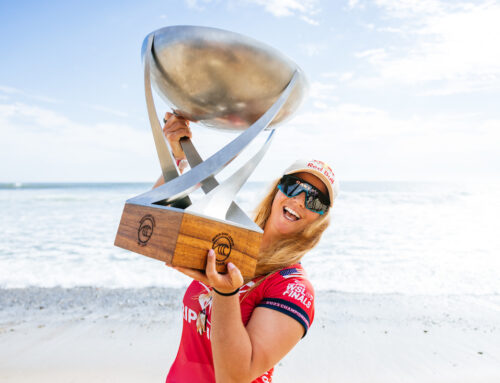

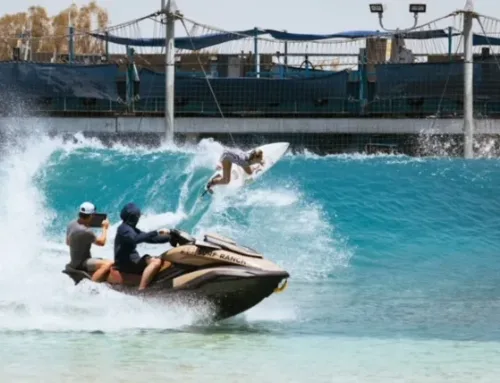
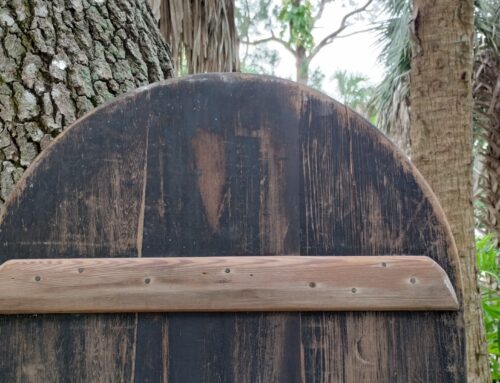
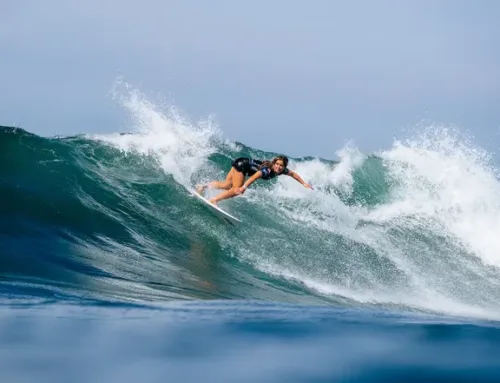

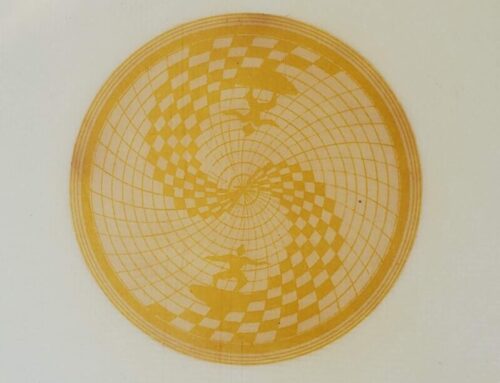
[…] Bob Reeves and his brother Jack were early pioneers of surfing on the Space Coast in Florida. They were representative of the early migration of surfers from around the country who migrated to the area in search of waves and a place to build and market surfboards. In the very early 60s there was a growing community of surfers in the area but high quality surfboards were almost non-existent. Many came from California to take advantage of the need and to make some money in the summer so they could go to Hawaii in the winter. These photos were taken from 1962 to 1967 when the brothers were part of the Campbell Surfboards factory. You can read more about this era in our post here: Tomb and Reeves […]
How can I get in touch with Bob Tomb as well as Bob Reeves?
I will send your contact info to Bob Reeves.
I have a mid seventies single fin Tomb and Reeves you might be interested in. Please let me know, thanks David. 772-485-8455 I live on the treasure coast